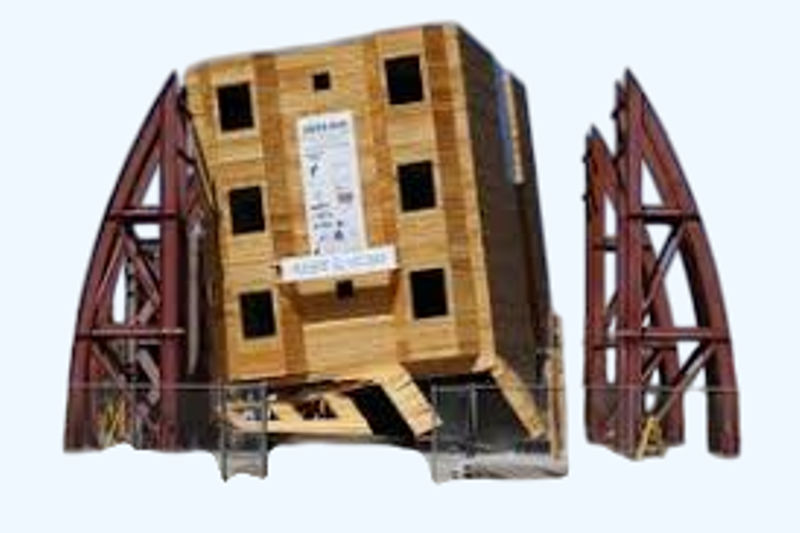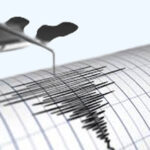Introduction
Japan stands at the forefront of earthquake preparedness and technology, a necessity for a nation those experiences about 1,500 seismic events each year.. However, does Japan actually have the world’s most sophisticated earthquake technology? This article explores Japan’s cuttingedge innovations in seismic protection, early warning systems, and disaster resilience that have made it a global leader in earthquake technology.
Japan’s Seismic Reality: Why Earthquake Technology Matters
.This constant threat has driven Japan to develop unparalleled expertise in earthquake resilience, with technologies that have become models for other quakeprone nations like Chile, New Zealand, and the United States.
Japan’s Earthquake Early Warning System: A Global Benchmark
How Japan’s System Works
Japan’s Earthquake Early Warning (EEW) system, launched nationwide in 2007, provides critical seconds to minutes of advance notice before shaking arrives. The system:
Detects initial Pwaves (fastmoving seismic waves)
Instantly calculates the earthquake’s epicenter and magnitude
Issues warnings via TV, radio, and mobile networks
Triggers automatic shutdowns of critical infrastructure
Key Advantages over Other Systems
1. Speed: Alerts reach Tokyo residents within 510 seconds of detection
2. Integration: Direct links to bullet trains, elevators, and factories
3. Accuracy: Can predict shaking intensity with 8590% precision
This system provided 15 seconds warning before the devastating 2011 Tohoku earthquake, saving countless lives despite the subsequent tsunami.
Structural Engineering Marvels: EarthquakeResistant Construction
Base Isolation Technology
Japan leads the world in base isolation systems that allow buildings to “float” during quakes:
Rubber bearings and sliders separate buildings from foundations
Can reduce seismic forces by 5080%
Used in 9,000+ structures nationwide including Tokyo Sky tree
Energy Dissipation Devices
Dampers function similarly to shock absorbers in buildings.
Viscoelastic and oil dampers convert quake energy to heat
The Yokohama Landmark Tower uses 192 dampers to withstand major quakes
CuttingEdge Materials
Highperformance concrete with shape memory alloys
Carbon fiber reinforcement in newer constructions
Selfcentering structures that, when shaken, return to their starting position
Smart Infrastructure: Japan’s Automated Protections
Japan’s earthquake technology extends beyond buildings to smart infrastructure systems:
1. Bullet Trains: Automatically brake when quakes detected (zero derailments from quakes since implementation)
2. Nuclear Plants: Advanced seismic triggers for emergency shutdowns
3. Gas Lines: Automatic shutoff valves prevent fires
4. Elevators: Stop at nearest floor and open doors
Public Education and Drills: The Human Element
Japan enhances its technical solutions with excellent preparedness initiatives:
Annual Disaster Prevention Day (September 1)
Public awareness campaigns reaching 95% of citizens
3day survival training for government officials
Comparative Analysis: Japan vs Other QuakeProne Nations
Country | Early Warning | Resistant Construction | Public Preparedness |
Japan | 1060 sec warning | 90%+ new buildings quakeresistant | Nationwide drills |
USA (California) | 1030 sec (Shake Alert) | 70% compliant | Localized programs
Chile | 520 sec | Strict codes but enforcement varies | Community networks
New Zealand | 1040 sec | Good standards | Strong public awareness
Future Innovations in Japanese Earthquake Tech
Japan continues pushing boundaries with new technologies:
1. AI Prediction Systems: Machine learning to forecast quakes (still experimental)
2. Underground Sensors: Dense networks along fault lines
3. Tsunami Barriers: World’s deepest (63m) in Tokyo Bay
4. Drone Response: Autonomous damage assessment systems
Case Study: The 2011 Tohoku Earthquake Test
While the 9.0 magnitude quake caused catastrophic tsunami damage, Japan’s earthquake technologies proved effective:
98% of quakeresistant buildings in Tokyo survived intact
Early warning system functioned perfectly
Zero collapses in modern construction
Demonstrated both strengths and remaining challenges
Challenges and Limitations
Despite its leadership, Japan faces ongoing challenges:
1. Aging Infrastructure: Many older buildings predate modern codes
2. Cost Barriers: Advanced systems remain expensive
3. Prediction Limits: Still cannot reliably forecast quakes
4. Tsunami Vulnerability: Coastal protections have limits
Conclusion: A Global Leader with Continuous Improvement
Japan undeniably possesses the world’s most comprehensive earthquake technology ecosystem, blending cuttingedge engineering with rigorous preparedness. While no system can eliminate all earthquake risks, Japan’s multilayered approach offers the gold standard in seismic safety.
Other nations increasingly adopt Japanese technologies, particularly the early warning system model. However, Japan continues innovating to address its unique vulnerabilities, particularly regarding tsunami protection and aging infrastructure. For any nation facing seismic risks, Japan’s technological and cultural approach to earthquakes provides invaluable lessons in resilience.
Japan earthquake technology
Most advanced earthquake system
Japanese seismic innovations
Earthquake early warning Japan
Quakeresistant buildings Japan
Japan vs other countries earthquake tech
Future of earthquake technology
How Japan prepares for earthquakes


